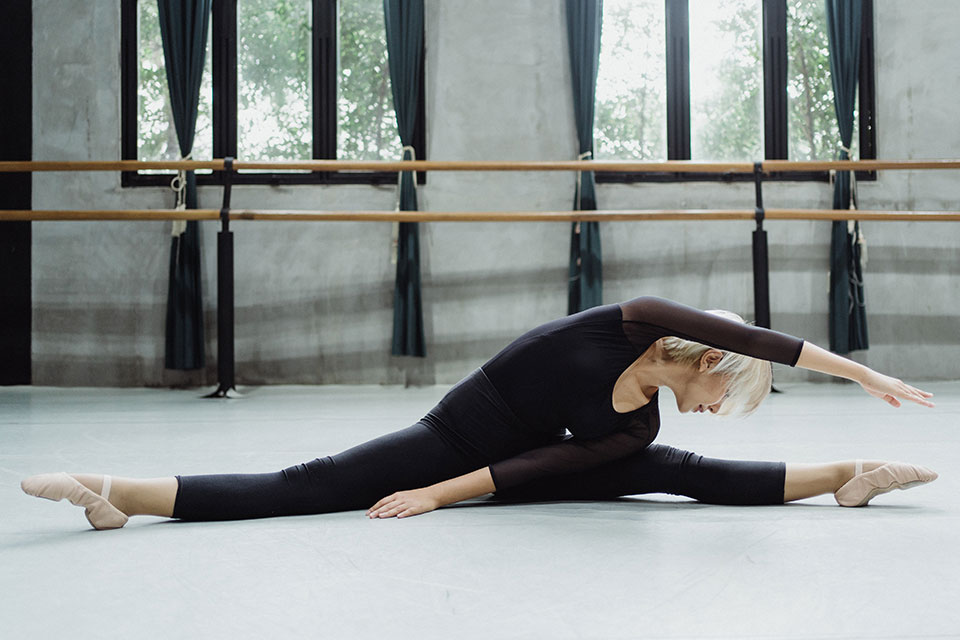
09 Feb Protect her pelvic floor!
Even in women who have not experienced childbirth, urinary incontinence is a common condition. In fact, there is a relatively high prevalence of pelvic floor dysfunction amongst young women engaged in high mpact activities.
One study developed by Carls, C. (2007) with high school and college-age-related female athletes reveal:
- More than 25% of the girls that took part in the study reported urinary incontinence
- More that 15% of that group reported an adverse effect on their quality of life, impacting their social life or desire to continue practicing sports
- Over 90%of the group with urinary incontinence had never told anyone about their problem.
- Over 90% had never heard of pelvic floor muscle exercises, yet the vast majority indicated a desire to learn measure to prevent urinary incontinence.
Another research from H. H. Thyssen, L. Clevin, S. Olesen and G. Lose (2002) shows the proportion of urinary leakage in the different sports:
- Gymnastics 56%
- Ballet 43%
- Aerobics 40%
- Badminton 31%
- Volleyball 30%
- Athletics 25%
- Handball 21%
- Basketball 17%
Your daughter is probably too embarrassed to mention to you this problem. If you struggle to talk about the topic, let alone a teenager! The truth is that she may be experiencing during her training sessions some urinary leakage, pelvic pain or the need to go frequently to the toilet and she’s not talking to anyone about it. These are the signs of a pelvic floor dysfunction, and your daughter could also be at a risk of a future pelvic organ prolapse.
Why does this happen?
The increases in intra-abdominal pressure that activities such as jumping and running provoke a downwards force of the internal organs towards the soft parts of our core (which are the abdominal wall and the pelvic floor). Over time, the ligaments and all the structures supporting these organs become weak and lose elasticity, unable to provide enough support to the internal organs when and increase happens.
Besides that, the core training that takes part in most of the conditioning programs of this sports, involves high-pressure exercises, such as holding planks for extended periods of time or doing endless repetitions of crunch-based exercises. It is reported that these exercises are detrimental for the pelvic floor and this needs to be taken into consideration when prescribing this exercises to young female athletes.
Keeping your children active and raise them under healthy habits is paramount. There’s no such thing as bad sports; we just need to prescribe proper form and exercises that allow your children to participate in the activities they love with minimal risks.
By adding exercises that help to maintain the tone of the core and pelvic floor muscles and the ability of these muscles to provide optimal support during high impact activities, we can significantly reduce their risk of the pelvic floor and other mechanical dysfunctions. It is just the same as making your children wear a helmet every time the ride their pushbikes! We are reducing the risk of injuries.
Hypopressive exercises – Low Pressure Fitness is a simple technique that can be easily added to sport training programs. It will teach the kids to breathe correctly, maintain good posture and also offset the adverse effects that high impact activities can have on their bodies. They will be at a lower risk of having injuries, and their performance will improve at the same time.
No Comments